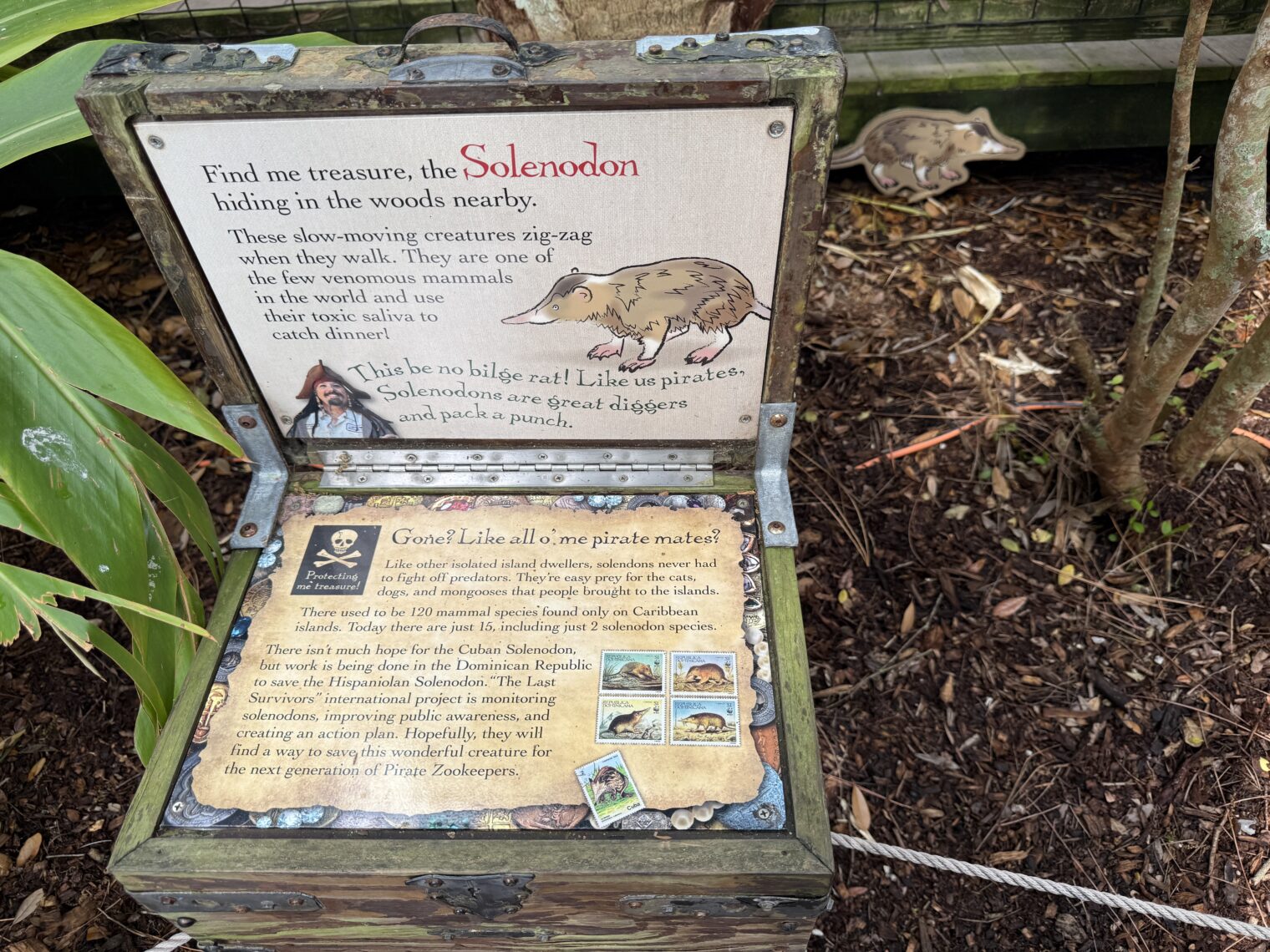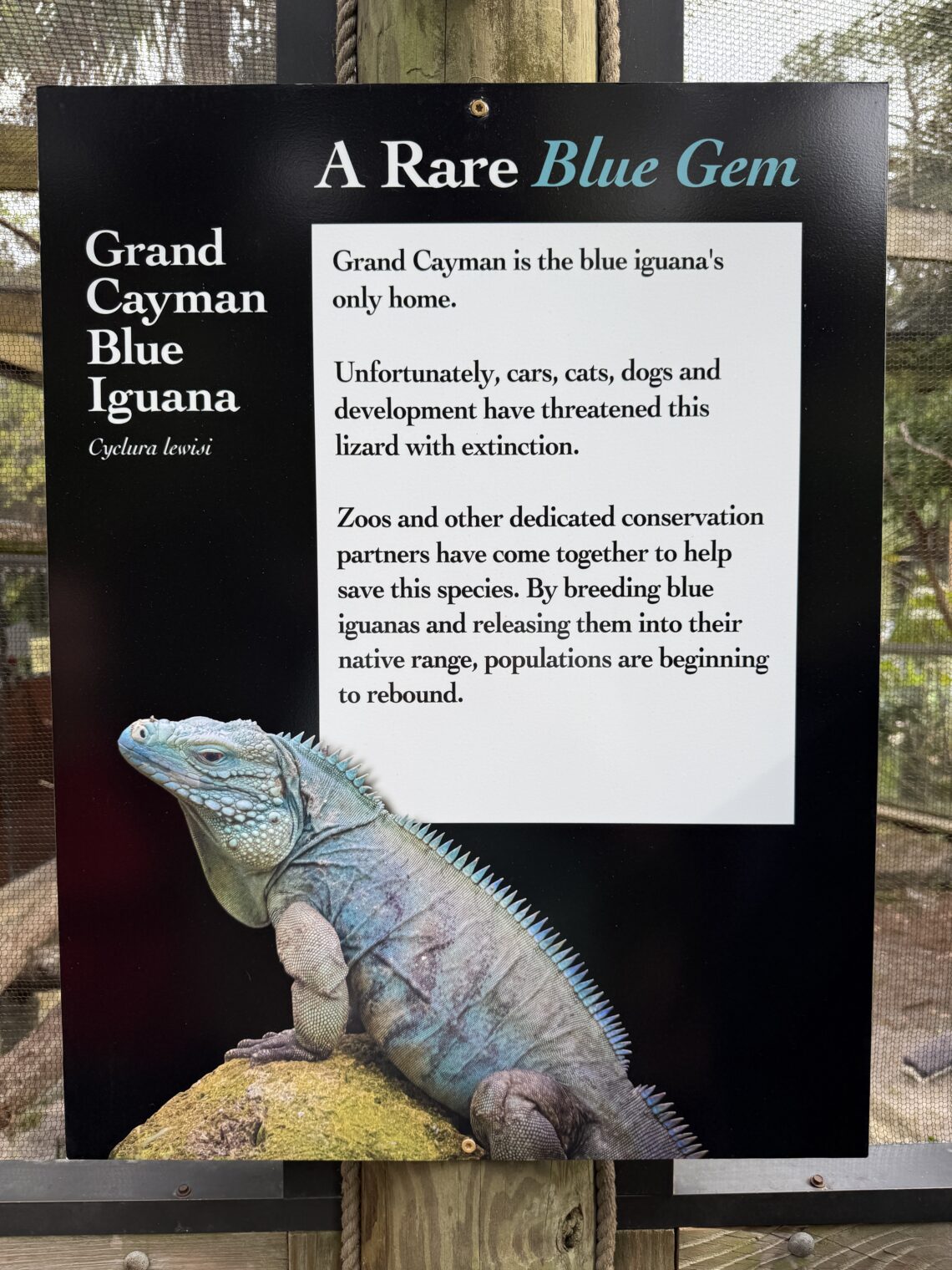We’re informed by Science that immigrant humans make life better/easier for natives (the enrichers and the enriched). Science also tells us that immigrant plants and animals make life extremely difficult if not impossible for natives. Examples from the Brevard Zoo in Melbourne, Florida:


What about robots that tirelessly hunt for immigrants that Science says we don’t want and that Californians characterize as “invaders”? They could catch Burmese pythons in the Everglades, for example. Sea robots could hunt lionfish in the Caribbean and Asian carp in the Great Lakes (folks in Illinois hate Asians almost as much as Harvard does!). The idea is already out there for immigrant plants (e.g., “Seeing Beneath the Trees: Using Robots and AI to Control Understory Invasive Plants” (UConn 2021)) and “weeds”. Maybe nobody wants to think about robots, such as Elon Musk’s Optimus, having the power to trap and gather live animals (or kill them).
This is my April Fools’ Day message. It can fit the theme of the day either because (1) we are all fools for not noticing the apparent contradiction in simultaneously believing that low-skill immigrant humans are hugely valuable and animal immigrants are hugely destruction, (2) the idea of robots roaming the Everglades and gathering up baskets of pythons is foolish.
Related… “Densely packed invasive anoles outcompete natives”:
Invasive brown anoles might outcompete their native cousins in the southeastern U.S. merely by living more densely.
Brown anoles (Anolis sagrei) inadvertently came to Florida in the 1800s by tagging along on cargo shipments. Since then, the invasive species have moved steadily northward in the state, often taking over territories occupied by native green anoles (Anolis carolinensis). Researchers know that over time, the invasive Cuban anoles change the native species’ habits. After moving in, the newcomer species typically occupies the ground and lower parts of plants and trees, while the green anoles occupy an ecological niche higher up on trees and bushes. The native anoles also become less common once the brown anoles have established themselves in the new territory.
Instead, she speculated that brown anoles in the wild might be outcompeting green anoles based on sheer numbers. Brown anoles may lay eggs more often than green anoles. The Cuban newcomers also tolerate much denser living conditions, while green anoles don’t. This allows the invasive species to take over more territory.
In short, anole migrants have a higher birth rate and don’t mind living in squalid conditions that native anoles would consider intolerable…
Larry Niven posited that life developed on earth from abandoned alien food farms left a billion years ago, in his fictional history series.
In such a scenario, all earthly life is proto-archeo-colonial [sic].
Happy Liberation Day you all
justice for P’nut